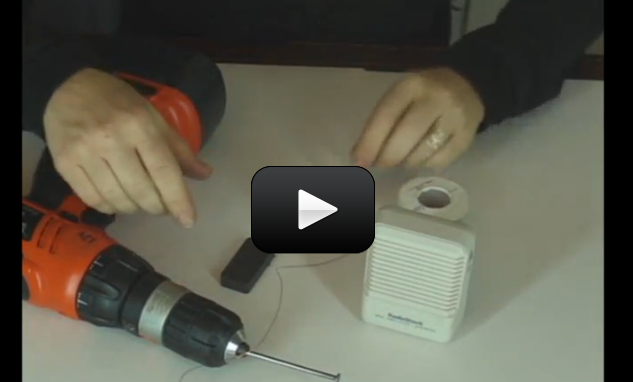Want to hear your magnets? We’re going to use electromagnetism to learn how you can listen to your physics lesson, and you’ll be surprised at how common this principle is in your everyday life. This project is for advanced students.
We’re going to invert the ideas used when we created our homemade speakers into a basic microphone. Although you won’t be able to record with this microphone, it will show you how the basics of a microphone and amplifier work, and how to turn sound waves back into electrical signals. You’ll be using the amplifier and your spare audio plug from the Laser Communicator for this project.
Please login or register to read the rest of this content.


Sure thing! What specifically did you have a question about?
I didn’t really understand the video, can you help me?